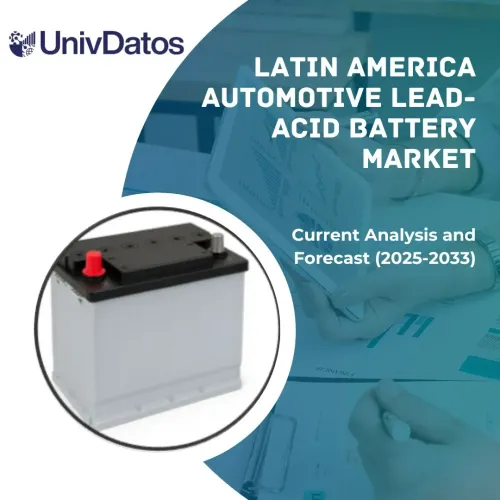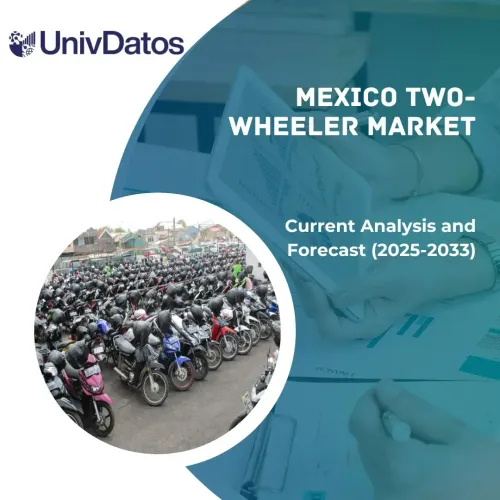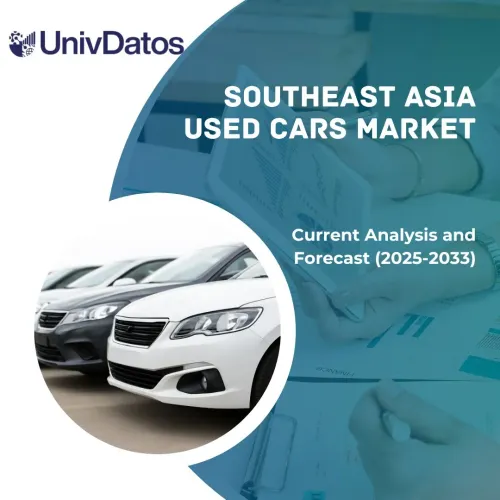- Home
- About Us
- Industry
- Services
- Reading
- Contact Us
Automotive Composite Market: Current Analysis and Forecast (2022-2028)
Emphasis on Material Type (Polymer Matrix Composite (PMC), Metal Matrix Composite (MMC), Ceramic Matrix Composite (CMC) And Hybrid Composite and Others); Manufacturing Process (Manual, Compression Moulding, Injection Moulding, And Resin Transfer Moulding (RTM)); Application (Interior, Exterior, Chassis, And Powertrain & Under the Hood and Structural); Vehicle Type (Passenger Cars, Super Cars, and Others); Region/Country.
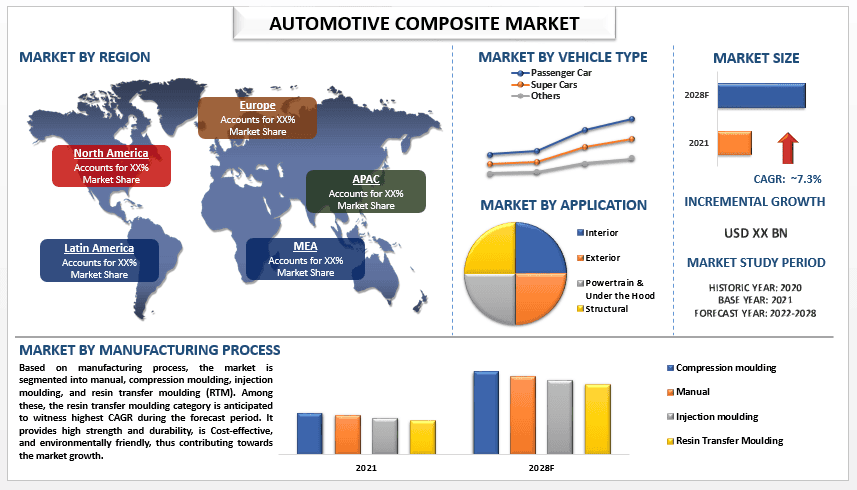
Global Automotive Composite Market is expected to grow at a significant rate of around 7.3% during the forecast period. Composite materials are homogenous mixtures which are prepared by synthetically assembling two materials together. One of these is fiber, a reinforcing material and the other one is a binding material called Matrix. The composite materials have high electrical and corrosion resistance and are stiff and have high strength-to-weight ratios. The use of composite materials among automobiles reduces the overall weight of the vehicle, improves the fuel efficiency, reduces GHG emissions, improves safety, increases crashworthiness, and offers a smooth finish with exceptional aerodynamic design. Besides these advantages, composite materials offer other benefits as well, owing to which they have been widely adopted in the auto industry. Further, the growing concerns for GHG emissions by vehicles and the regulatory framework are also propelling the use of composites in the auto industry. Legislative bodies are not only issuing regulations, but also offering certain relaxation and subsidies to the green vehicle owners. In addition, there is a visible increase in the demand of composite materials for electric vehicles. Composite materials are used in EVs to offset the weight increased using batteries. Due to this, the inclination of the auto OEMs toward the use of composite materials in their models has also taken a jump. Subsequently, OEMs are entering certain competitive strategies with the composite material manufacturers and distributors to strengthen their foothold in the industry.
BASF SE, DuPont, Gurit, Magna International Inc., Mitsubishi Chemical Group Corporation, Owens Corning, SGL Group, Solvay, TEIJIN LIMITED, and TORAY INDUSTRIES, INC. are some of the key players in the market. Several M&As along with partnerships have been undertaken by these players to facilitate customers with hi-tech and innovative products/technologies.
Insights Presented in the Report
“Amongst material type, metal matrix composites category to witness higher CAGR during the forecast period.”
Based on type, the market is segmented into polymer matrix composite (PMC), metal matrix composite (MMC), ceramic matrix composite (CMC) and hybrid composite and others. Metal matrix composites category to witness higher CAGR during the forecast period. The factors such as increased demand for lightweight materials, advancements in manufacturing technologies, and growing demand for high-performance materials are driving the growth of the market.
“Amongst manufacturing process, the resin transfer moulding category to witness higher CAGR during the forecast period.”
Based on manufacturing process, the market is segmented into manual, compression moulding, injection moulding, and resin transfer moulding (RTM). Among these, the resin transfer moulding category to witness higher CAGR during the forecast period. It provides high strength and durability, Cost-effective, and environmentally friendly, thus these are the factors driving the growth of the market.
Automotive Composite Market Report Coverage
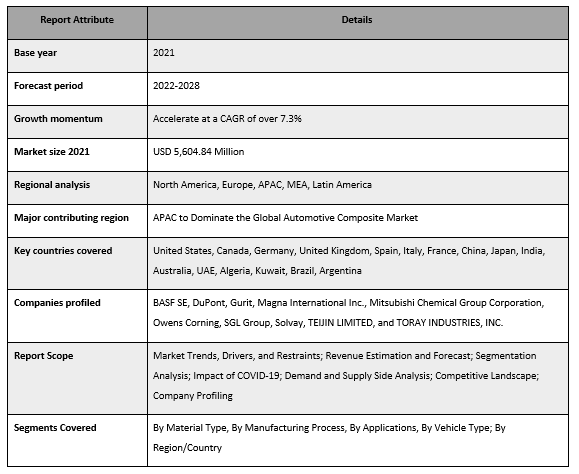
“APAC to held higher share of the market.”
For a better understanding of the market adoption of the automotive composite industry, the market is analyzed based on its worldwide presence in the countries such as North America (U.S., Canada, Rest of North America), Europe (Germany, U.K., France, Spain, Italy, Rest of Europe), Asia-Pacific (China, Japan, India, Rest of Asia-Pacific), Rest of World. APAC is anticipated to grow at a substantial CAGR during the forecast period due to the rising demand for vehicles in these countries Asia Pacific is witnessing high economic growth. APAC is home to several major players in the automotive composite market, such as Toray Industries, Teijin Limited, and Mitsubishi Chemical Holdings Corporation. These companies have significant manufacturing capabilities and have been actively investing in research and development to improve their composite materials.
Reasons to buy this report:
- The study includes market sizing and forecasting analysis validated by authenticated key industry experts.
- The report presents a quick review of overall industry performance at one glance.
- The report covers an in-depth analysis of prominent industry peers with a primary focus on key business financials, product portfolio, expansion strategies, and recent developments.
- Detailed examination of drivers, restraints, key trends, and opportunities prevailing in the industry.
- The study comprehensively covers the market across different segments.
- Deep dive regional level analysis of the industry.
Customization Options:
The global automotive composite market can further be customized as per the requirement or any other market segment. Besides this, UMI understands that you may have your own business needs, hence feel free to connect with us to get a report that completely suits your requirements.
Table of Content
Research Methodology for the Automotive Composite Market Analysis (2022-2028)
Analyzing the historical market, estimating the current market, and forecasting the future market of the global automotive composite market were the three major steps undertaken to create and analyze the adoption of automotive composites in major regions globally. Exhaustive secondary research was conducted to collect the historical market numbers and estimate the current market size. Secondly, to validate these insights, numerous findings and assumptions were taken into consideration. Moreover, exhaustive primary interviews were also conducted, with industry experts across the value chain of the global automotive composite market. Post assumption and validation of market numbers through primary interviews, we employed a top-down/bottom-up approach to forecasting the complete market size. Thereafter, market breakdown and data triangulation methods were adopted to estimate and analyze the market size of segments and sub-segments of the industry pertains to. Detailed methodology is explained below:
Analysis of Historical Market Size
Step 1: In-Depth Study of Secondary Sources:
Detail secondary study was conducted to obtain the historical market size of the automotive composite market through company internal sources such as annual reports & financial statements, performance presentations, press releases, etc., and external sources including journals, news & articles, government publications, competitor publications, sector reports, third-party database, and other credible publications.
Step 2: Market Segmentation:
After obtaining the historical market size of the automotive composite market, we conducted a detailed secondary analysis to gather historical market insights and share for different segments & sub-segments for major regions. Major segments are included in the report as material type, manufacturing process, application, and vehicle type. Further country-level analyses were conducted to evaluate the overall adoption of testing models in that region.
Step 3: Factor Analysis:
After acquiring the historical market size of different segments and sub-segments, we conducted a detailed factor analysis to estimate the current market size of the automotive composite market. Further, we conducted factor analysis using dependent and independent variables such as various material type, manufacturing process, applications, and vehicle type of automotive composites. A thorough analysis was conducted for demand and supply-side scenarios considering top partnerships, mergers and acquisitions, business expansion, and product launches in the automotive composite market sector across the globe.
Current Market Size Estimate & Forecast
Current Market Sizing: Based on actionable insights from the above 3 steps, we arrived at the current market size, key players in the global automotive composite market, and market shares of the segments. All the required percentage shares split, and market breakdowns were determined using the above-mentioned secondary approach and were verified through primary interviews.
Estimation & Forecasting: For market estimation and forecast, weights were assigned to different factors including drivers & trends, restraints, and opportunities available for the stakeholders. After analyzing these factors, relevant forecasting techniques i.e., the top-down/bottom-up approach were applied to arrive at the market forecast for 2028 for different segments and sub-segments across the major markets globally. The research methodology adopted to estimate the market size encompasses:
- The industry’s market size, in terms of revenue (USD) and the adoption rate of the automotive composite market across the major markets domestically
- All percentage shares, splits, and breakdowns of market segments and sub-segments
- Key players in the global automotive composite market in terms of products offered. Also, the growth strategies adopted by these players to compete in the fast-growing market.
Market Size and Share Validation
Primary Research: In-depth interviews were conducted with the Key Opinion Leaders (KOLs) including Top Level Executives (CXO/VPs, Sales Head, Marketing Head, Operational Head, Regional Head, Country Head, etc.) across major regions. Primary research findings were then summarized, and statistical analysis was performed to prove the stated hypothesis. Inputs from primary research were consolidated with secondary findings, hence turning information into actionable insights.
Split of Primary Participants in Different Regions
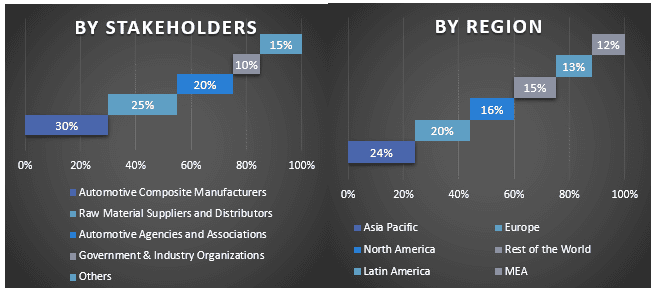
Market Engineering
The data triangulation technique was employed to complete the overall market estimation and to arrive at precise statistical numbers for each segment and sub-segment of the global automotive composite market. Data was split into several segments & sub-segments post studying various parameters and trends in the areas of material type, manufacturing process, application, and vehicle type in the global automotive composite market.
The main objective of the Global Automotive Composite Market Study
The current & future market trends of the global automotive composite market were pinpointed in the study. Investors can gain strategic insights to base their discretion for investments on the qualitative and quantitative analysis performed in the study. Current and future market trends determined the overall attractiveness of the market at a regional level, providing a platform for the industrial participant to exploit the untapped market to benefit from a first-mover advantage. Other quantitative goals of the studies include:
- Analyze the current and forecast market size of the automotive composite market in terms of value (USD). Also, analyze the current and forecast market size of different segments and sub-segments.
- Segments in the study include areas of material type, manufacturing process, application, and vehicle type.
- Define and analysis of the regulatory framework for the automotive composite
- Analyze the value chain involved with the presence of various intermediaries, along with analyzing customer and competitor behaviors of the industry.
- Analyze the current and forecast market size of the automotive composite market for the major region.
- Major countries of regions studied in the report include Asia Pacific, Europe, North America, and the Rest of the World.
- Company profiles of the automotive composite market and the growth strategies adopted by the market players to sustain in the fast-growing market
- Deep dive regional level analysis of the industry
Related Reports
Customers who bought this item also bought

